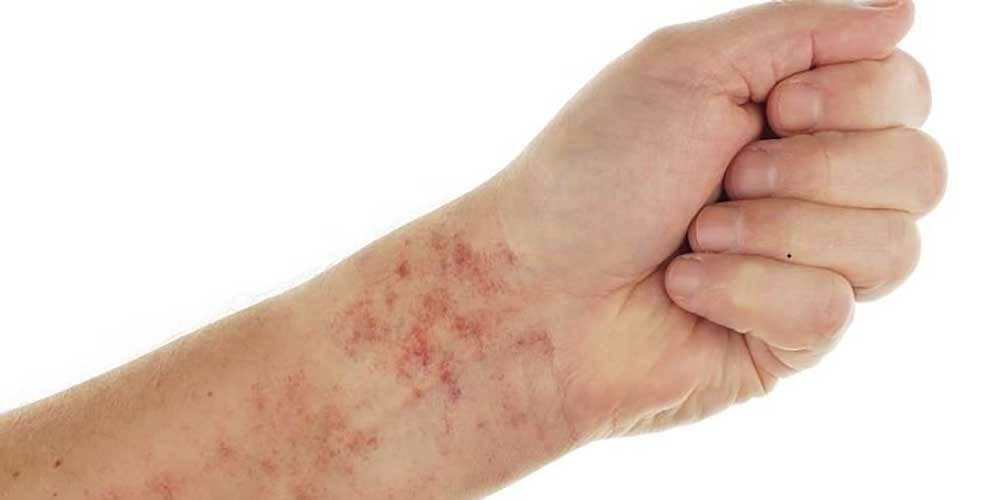
Skin diseases occur in many forms and affect millions of people around the world. Most occupational skin diseases occur in workers of all ages in a variety of work environments, from agriculture to medical professionals
Many occupational skin disorders or diseases do not have a clear cause. They can arise from exposure to chemicals, dust, or even certain foods. Some common causes include allergies, hereditary diseases, exposure to toxic substances and inappropriate personal care.
The first symptoms of an occupational skin disease or disorder are usually itching, redness, and swelling. In severe cases, the condition can cause permanent scarring. Other symptoms include burning, flaking, flaking, and thickening of the affected skin. Sometimes the problem may not be noticed until the condition worsens over time.
The most common occupational skin disease is latex allergy. Latex is a natural product found in many types of skin care products such as lotions, gels, and creams. Most of these products are labeled “non-allergenic, hypoallergenic”.
If you are allergic to latex, you may experience an allergic reaction after using the product. Symptoms can range from hives to chest pain and diarrhea. In severe cases, the condition can be fatal.
Another type of occupational skin disease is an eczema-like reaction caused by a reaction to a plant compound called parabens. It can also occur as a result of direct contact with chemicals and even direct contact with a person's face. This condition is often referred to as dermatitis.
Another condition affects the eyes and can lead to conjunctivitis, a burning sensation, and eye irritation. This condition occurs in adults and is often referred to as lacrimation syndrome. It occurs when the protective covering of the eye, called the ciliary plate, becomes thin and easily damaged by tears and other secretions from the eye.
Skin diseases can be prevented if taken care of properly. Avoiding exposure to these substances and following certain hygiene and personal hygiene practices can go a long way in preventing skin problems
One of the most common occupational skin conditions is psoriasis. Psoriasis is characterized by dry, thick, red, scaly patches that are located on the outer surface of the skin. It is also known as lepedema.
Psoriasis is a skin condition caused by too much skin and is often related to genetics. Since this is a hereditary disease, it is incurable. This condition can cause permanent scarring on the skin and, in extreme cases, can lead to death. In mild cases, it can be treated and controlled with steroids and other topical medications.
A fungal infection can be caused by mold and can affect the nails and scalp. Trichophytes can spread to the sheets of the nail bed, as well as mild candidiasis in the mouth and cause baldness. A fungal infection on the scalp can manifest as hair loss or baldness. This condition is often referred to as "dandruff" and can cause excessive itching and flaking.
Although fungal scalp infections can occur for a variety of reasons, there is a possibility that they can be transmitted by inhalation of fungi, which are often airborne. This type of disease is called seborrhea. It is an occupational skin condition often caused by a weakened immune system.
An allergic reaction to a person's own hair can be an occupational skin infection. The trichotillomania reaction (hair pulling) is a classic example of this condition, where the victim's hair is covered with pus-filled blisters. Seborrhea and dermatitis are similar but occur on different parts of the body.
There are many different types of occupational skin infections that can affect your workplace and are often contagious. It is very important to maintain good hygiene practices and wear appropriate protective clothing while working. This will prevent contracting the diseases listed above.